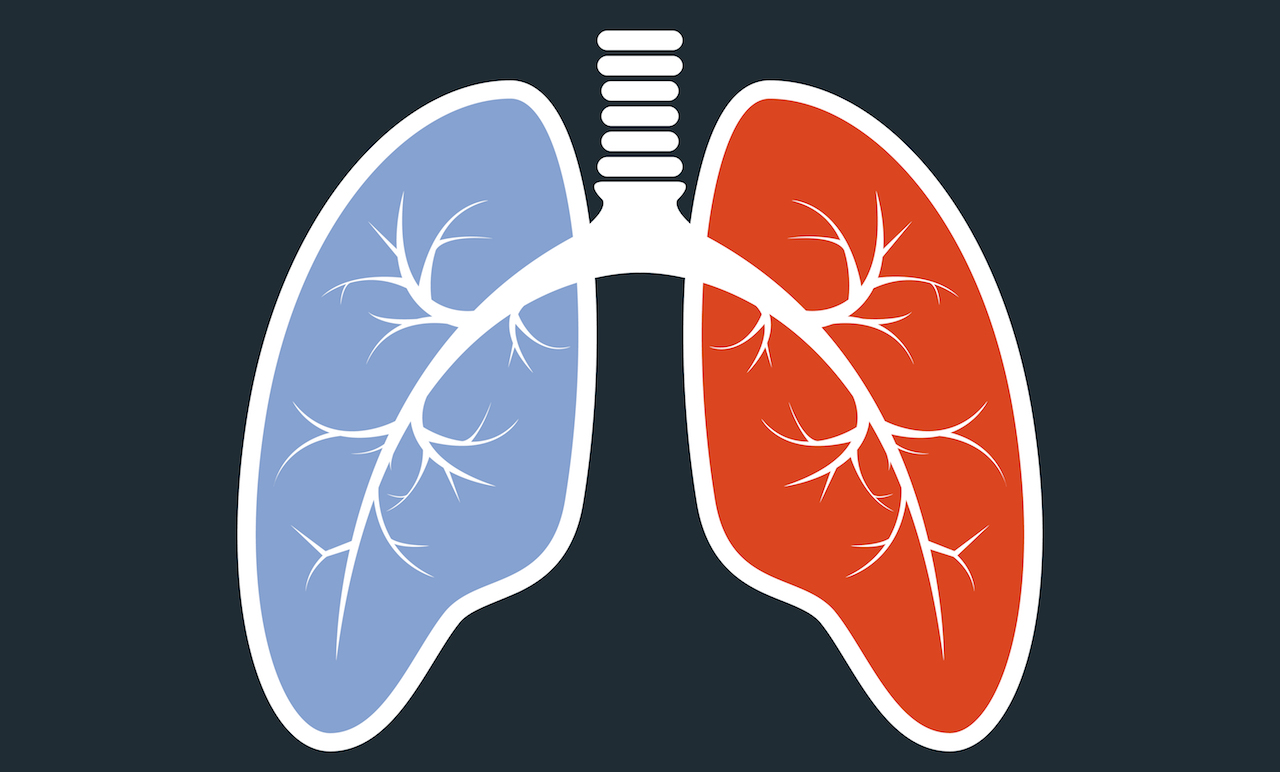Pulmonary Hypertension is a form of high blood pressure that affects the arteries in the lungs and the right side of your heart.
Pulmonary Hypertension begins when tiny arteries in your lungs, called pulmonary arterioles, and capillaries become narrowed, blocked or destroyed. This makes it harder for blood to flow through your lungs, and increases pressure in your lung’s arteries. As the pressure builds, your heart’s lower right chamber has to work harder to pump blood through your lungs, and over time this causes the heart muscle to weaken and eventually fail.
Pulmonary Hypertension is a serious illness that becomes progressively worse and is sometimes fatal. Although it isn’t curable, there are treatments available that can help lessen symptoms and improve quality of life.
Symptoms of Pulmonary Hypertension
In its early stages, the signs and symptoms of pulmonary hypertension may not be noticeable for months or even years. As the disease progresses however, symptoms increasingly become worse. The most common symptoms include:
- Shortness of breath, first while exercising and eventually while at rest
- Dizziness or fainting spells
- Fatigue
- Chest pain or pressure
- Swelling in your ankles, legs and eventually in your abdomen
- Racing pulse or heart palpitations
- A blue tinge to your lips and skin
Causes of Pulmonary Hypertension
When an underlying cause for high blood pressure in the lungs can’t be found, the condition is called idiopathic pulmonary hypertension (IPH). Some people with IPH have a gene that predisposes them to the development of pulmonary hypertension, but in most people with IPH the cause isn’t known.
Secondary pulmonary hypertension is a more common form of the condition, and it’s caused by other medical conditions. These causes include:
- Blood clots in the lungs
- Chronic obstructive pulmonary diseases, such as emphysema
- Connective tissue disorders, such as scleroderma or lupus erythematosus
- Sleep apnoea and other sleep disorders
- Congenital heart abnormalities (i.e. you’re born with a condition, for example Eisenmenger syndrome*)
- Sickle cell anaemia
- Chronic liver disease
- AIDS
- Lung diseases such as pulmonary fibrosis, a condition that causes scarring in the tissue between the lungs’ air sacs
- Left-sided heart failure
- Living at altitudes higher than 8,000 feet (2,438 meters), or climbing to such heights
- Use of certain stimulant drugs, such as cocaine
*Eisenmenger syndrome is a congenital heart defect, most commonly caused by a hole in the heart between the two lower heart chambers, called a ventricular septal defect.
Complications of Pulmonary Hypertension
Pulmonary hypertension can lead to a number of complications, including:
- Right-sided heart failure
- Blood clots. Pulmonary hypertension increases the risk of blood clots developing in the small arteries in your lungs, which can be dangerous if you already have narrowed or blocked blood vessels.
- Arrhythmia. Irregular heartbeats in the upper or lower chambers of the heart may be complications of pulmonary hypertension. These can lead to palpitations, dizziness or fainting and can be fatal.
- Bleeding. Pulmonary hypertension can lead to bleeding into the lung space and the coughing up of blood, and it can be fatal.
Tests and diagnosis of Pulmonary Hypertension
Pulmonary hypertension is hard to diagnose in its early stages as it’s often not detected in a routine physical exam. Even when the disease is more advanced, the signs and symptoms are similar to those of more common heart and lung conditions. The doctor may do a number of tests to rule out any other possible causes.
The first group of tests done to diagnose pulmonary hypertension include blood tests, a chest X-ray, a Doppler echocardiogram, and perhaps an exercise echocardiogram to help determine how well your heart works under stress.
Further tests include:
- Transesophageal echocardiogram
- Right heart catheterisation performed under local anaesthesia and sedation
- A pulmonary function test
- Perfusion lung scan
- CT scan
- MRI test
- An open-lung biopsy. This will only be done to see if certain treatments are suitable, or to allow discontinuation of some medication.
- Genetic tests
Treatment of Pulmonary Hypertension
Treatment for pulmonary hypertension is often complex and highly personalized, and requires extensive follow-up care. It’s possible that during treatment, medication and treatments may change if they’re no longer effective.
When pulmonary hypertension is caused by another condition, your doctor will treat the underlying cause whenever possible. Treatment will include a combination of medication and lifestyle changes including restrictions on travelling, stress and physical activities, and plenty of rest.
Read Jenna Lowe’s Story for more info on this condition, or chat to one of our doctors.
Sources: WebMd, Mayo Clinic


